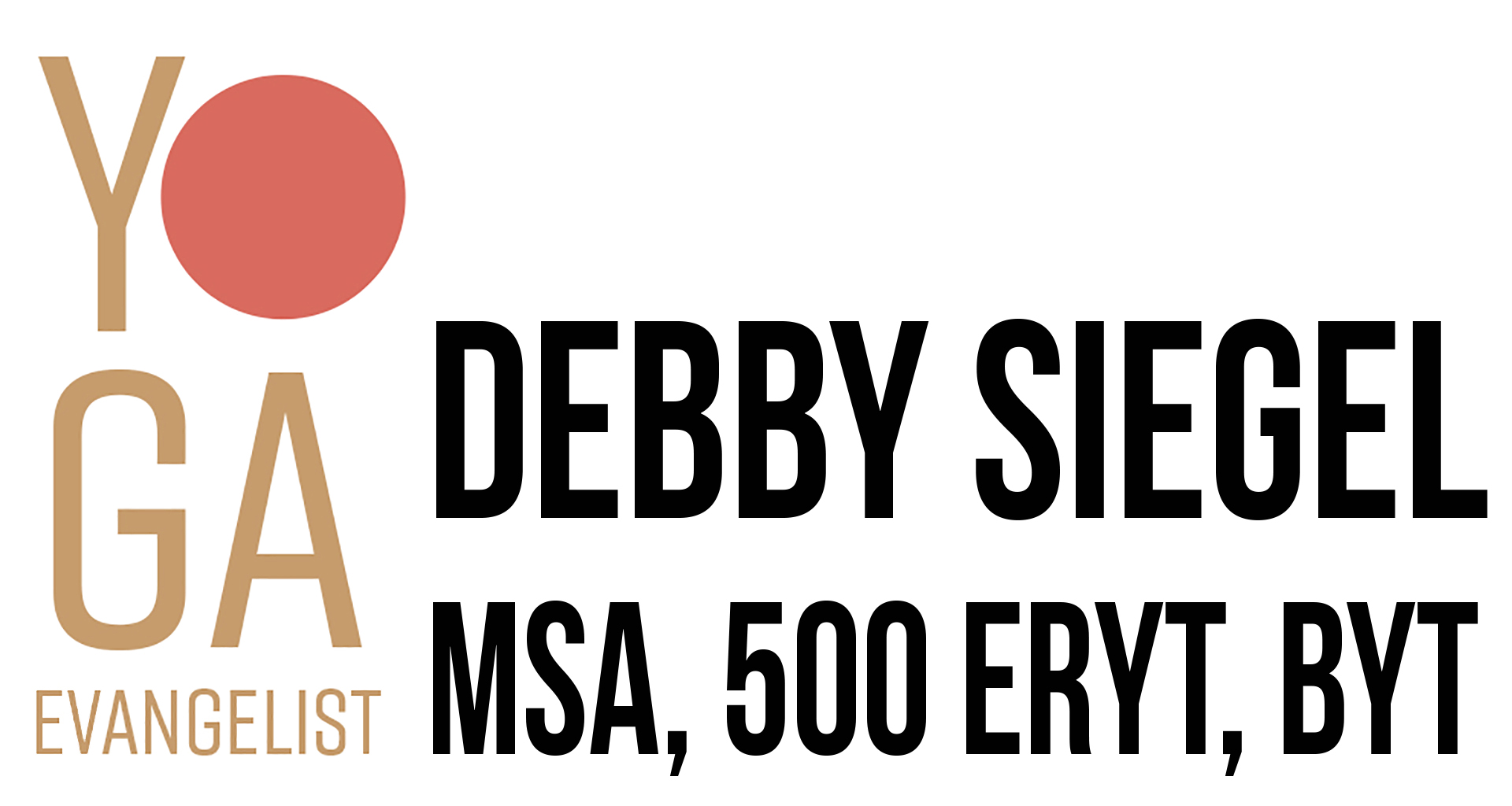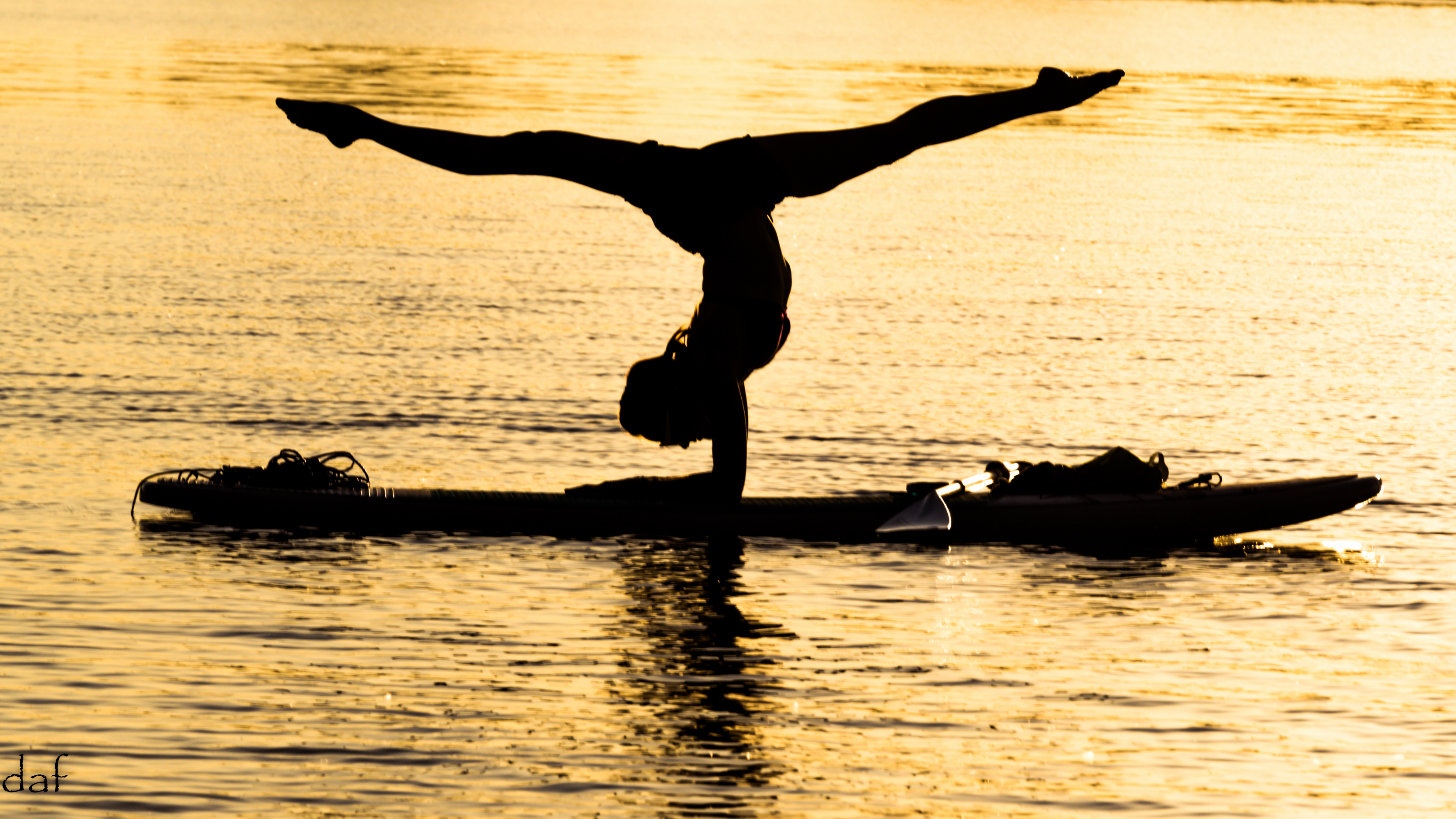I recently stumbled across an article in a BJC newsletter about a girl who was destined to compete in the biggest indoor climbing event in the world, Paris’ International Federation of Sport Paraclimbing World Championships. I just had to meet this amazing young lady, Jasmine Raskas. May you get the same opportunity. She is a 22 year old whose courage, infectious joy and determination helped me refocus some of my own priorities. I am honored to share a bit about Jasmine and her passion with you.
Tell us about you. I read an article on BJC’s website that you were diagnosed with a genetic connective tissue disorder.
I was diagnosed with a complex case of Ehlers-Danlos syndrome (EDS) after a lifetime of unexplainable pain, injuries, and medical complications. EDS is a genetic connective tissue disorder that can affect every system in the body. It is most commonly known for causing joint laxity. There is large scale of how severe the syndrome can. Some people may simply be extra flexible and only slightly more prone to joint sprains while others, like myself, partially or fully dislocate multiple joints everyday. The best form of treatment for the joint aspect of the disorder is to strengthen the muscles. This is why early diagnoses and preventative action are the best way to increase quality of life. For awareness purposes I will share a little more about the condition as a whole. Aside from my joints I struggle the most with my digestive organs. I have dysmotility, which means food does move fast enough through the digestive tract. This causes nausea and vomiting on a regular basis, kind of like having the stomach flu on and off all your life. Others common problems include, dizziness and fainting, extreme allergies, and immune deficiencies.
So far on my search for wellness, rock climbing has by far become my number one treatment option. Most forms of exercise, I tried prior to climbing resulted in further joint problems. Climbing has now replaced more than half of my tedious physical therapy routines. I am thankful that climbing is saving my joints, but I do want to emphasize that there are many variations in the forms of EDS and for people who easily tear ligaments and tendons this would not be a exercise to partake in.
I was diagnosed with Ehlers-Danlos Syndrome in college, after years of unexplainable pain and neglected injuries. Many years of gripping a pencil had led to painful instability of my right fingers and shoulder that could no longer be ignored. As my fingers bend more than others, I tend to try and grip things tighter to gain more control of moving objects. Hunching over in front of a laptop caused my skull to slide forward on my neck giving me a massive headache, dizziness, nausea, sensitivity to light and sounds as my brainstem was being pressed on. There is a possible fusion surgery, which could correct this problem, however neuro-dignostics have revealed that my entire cervical spine is unstable and to have the surgery I would need seven to ten vertebrae fused at one time. This is why I wear the neck brace. It’s dangerous for me to rotate my neck and if I have a bad fall or get into a car accident without the brace I have a high risk for paralysis. Even though this all sounds scary, I have a great team of doctors who feel that this brace is just as safe, or possibly even safer in the long run than the fusions. Since I’ve been using the neck brace all my headaches and neurological problems have disappeared, so I’m pretty happy with staying in the brace.
After leaving college for over a year to get my neck and shoulder issues under control, I was only able to return for a semester before EDS struck again. The neck brace was straightening and supporting my spine by stretching it upwards while sitting and studying was stretching my spine downwards. The combination of these two things caused a related spinal defect to go from a minor problem to a major emergency in just a few months. It turns out I also had something called an occult Tethered cord. It took almost six months of neurological degradation and barely being able to use my legs until someone was able to figure this out. Luckily, a Tethered spinal cord can be resolved by surgery. After the spinal surgery my walking came back pretty fast and within six months I was climbing my first rock gym walls.
You are so many things, and we understand you also paint and have your art in local galleries and even on clothing! Tell us more please!
I’ve been on quite a painting binge the last several months all thanks to climbing! For almost two years I was unable to paint due to shoulder instability and I’ve only recently been able to try and paint again. Painting is my number one motivation to get to the climbing gym! For reasons I no longer try and understand, climbing literally keeps my shoulders in place. I paint between the boundary of abstract and surreal. When I paint there is no plan, things happen and then I touch them up just enough, so that it looks like everything all happened on purpose. My personal art expands well beyond painting, I like to study the intersection of science and spirituality. I view art as a tool to understand the world around us. The sciences and humanities each look at the world through their own lenses, but don’t offer a way to synthesize a broader view of how they relate to one another. This is why I believe art can be thought of as the master of science.
The ultimate goal of visual art is that it gets you to take a moment out of your day to appreciate the beauty of the present moment.
Unus Mundus Art
The reality that everything emerges from and returns to one
My art is inspired by the colors and shapes found in nature, the philosophy of a collective consciousness, and theories of reality that unite science and soul. To be certain is not to know. The goal of my art is to make you smile and then smirk. I invite you to slow down and think. Take a moment to wonder why. Remember how tiny we are compared to the stars, and yet how big can be a single heart. Feel that we are all in this together and believe that every moment is as beautiful as you make it.
I always have a few of my pieces up at Deer Creek Café and on rotation at a few other local spots. Currently my art is also in a show called Serendipity located in Kansas City at Jones Gallery. I want everyone to be able to enjoy a piece of my art in a form most suited for their own life. I’m excited to announce my most recent art project has been creating digital patterns out of my paintings and then turning these patterns into products. I pattern my images as a fractal so it can be adjusted for all sorts of different products. Everything from shower curtains to clocks is available through my website, unusmundusart.com. My favorites so far are the bedding options.
We understand you participated in the International Adaptive Climber’s Association competitions in Paris recently! What mental and physical challenges presented them for you there and how did you overcome them?
Originally, I never set out to be a competitive climber. I signed up to compete in the adaptive event just for fun. However, when I won a spot to compete internationally, I carefully planned out a training regimen. With climbing, planning can power well over strength. I sat down and wrote a list of my climbing weaknesses and then further divided them between things that were within my control and things that were outside of my control. This is a good thought exercise to address any life situation. For example, I can’t grip small pinches without my thumbs dislocating but yet there isn’t much I can do about that, so I crossed it off the list. It’s best to focus only on what you can impact and change.
Another big challenge was strength. I need to be strong enough to first hold my joints in place and second climb the wall, so I need to have more strength to do the same moves as someone else. One way I make up for this is by using technique and creatively utilizing balance. However, in order to complete a route there is often at least one dynamic power move needed. With only six weeks of training, I realized I wasn’t going to be able to get that much stronger. Instead I focused on learning how to conserve energy with the hopes that I would be able to save up my strength and power for the dynamic moves. I learned to rest whenever possible, climb at a proper pace, and avoid using unnecessary strength. Now I can consistently make it through the dynamic strength moves, but it’s not because I’m stronger it’s because I learned how to climb smarter.
I’m finding more and more each day, that learning to climb is analogous to learning how to properly live. We have no control over the wall, our external environment. Each climber comes into the world with a unique combination of abilities and disabilities. The ultimate goal is digging deep within yourself to know how to choose which routes or barriers you will work with and in what order. I specifically say work with, because when coming into contact with a problem both on the wall and in life it’s not about fighting or tackling what’s there it’s about learning to turn what you thought was a problem into a solution. By working with your weakness, you will find your strength.
The biggest barrier I’ve had to overcome was within myself. I’ve always been highly motivated to accomplish. I hold myself to high standards for my own actions. When I made up this training schedule, my brain was set to follow through 100%. Yet, living with an unpredictable chronic illness, my body was not always available on schedule. Dealing with this incongruence taught me how to balance my motivation to strive for perfection with the reality of evaluating life based on what’s happening here and now. I learned that if I pushed my body too hard, it would result in a negative domino effect on my physical health and I would actually end up moving backwards from my original training goal. When I tried to push myself to train harder and get on tougher routes I discovered I was climbing easier routes for the important reason of protecting my joints. It turns out that if I fall or slip on top rope, I still end up at least partially dislocating a joint or two simply by loosing control over my body. I learned that trying less was actually more effective than trying more.
Now when I’m faced with an overwhelming amount of daily tasks, I remember to go back to the bigger picture and re-evaluate to see if there is a way, which less work or tasks could actually be more beneficial. It’s more important to make sure you are moving slowly in the right direction, than to plow ahead on any sort of backwards path. We often get lost in our own daily routines and rules. It’s important to take the time to stop and re-evaluate often to see if the “rules” we are following are actually still on track with the reason we created them in the first place.
How is climbing healing the relationship between your body and brain?
Climbing is healing the relationship between my brain and body. After years of ignoring my intuition about pain and injuries, I’ve had to relearn how to trust my own body. Climbing has helped me sort out my movement patterns. I now understand why I avoid certain motions related to fear of injury and pain. I’ve found some of those patterns to be appropriate and protective in nature, while others are no longer necessary and can now be overridden. Climbing has helped me train my brain to match my bodies’ true ability. I can trust my natural instincts again. I also use climbing to keep track of asymmetries and sidedness that slowly develop. Perhaps the most important I rely on my climbing is for strength, movements, and creativity that help me solve the problems I’m faced with in daily life. If I can adapt my motions on the wall, why not adapt my daily chores to better suit my joints? Some of the more notable changes are cleaning my room with my feet so I don’t have to bend down and using my forearm strength to do press ups in order to get down stairs with weak knees. There’s no such thing as an unsolvable problem. If you aren’t strong enough, think smarter. If you think you aren’t smart enough, learn patience. Be persistent, but don’t over push. Challenges are not meant be met with force alone. A steady pace and a bit of grace will allow you to dance with greatest fears.
When you wake up each day, what words do you tell yourself?
Everyday I start my day off by reading my ten intentions. I created my intentions by thinking about life as a journey and choosing to try to manifest things that would likely come with a path that I would enjoy. Like climbing, weather I get to the end of these pathways is of no more important than each step I will take along the way. I wrote these about a year and half ago after reading the book, Into the Magic Shop: A Neurosurgeon’s Quest to Discover the Mysteries of the Brain and the Secrets of the Heart, by Dr. James Doty.
The first six are for my own personal well-being and the last four are for the well being of the world. I strongly believe that one has to be the best version of his or herself, before she can properly reach out and be able to give to others.
- Live in balance
- Meditate more
- Eat real food
- Build a sustainable home
- Sell art to museums
- Discover something worthy of a Nobel prize
- See all answers, have faith in a single solution
- Become one with the chaos and flow of the universe
- Protect the natural evolution of the human species
- Heal the darkest depths of our collective consciousness
What would your advice be to a new climber?
- Have fun! Climbing is just a giant puzzle for your body
- It’s not about reaching the top. Judge your climbing skills based on the smoothness of the journey. Each movement is equally important.
- Test your limits, but don’t compare your limits to anyone else’s.
- Don’t try to get stronger. Learn to climber better and you will naturally get stronger at an appropriate pace.



